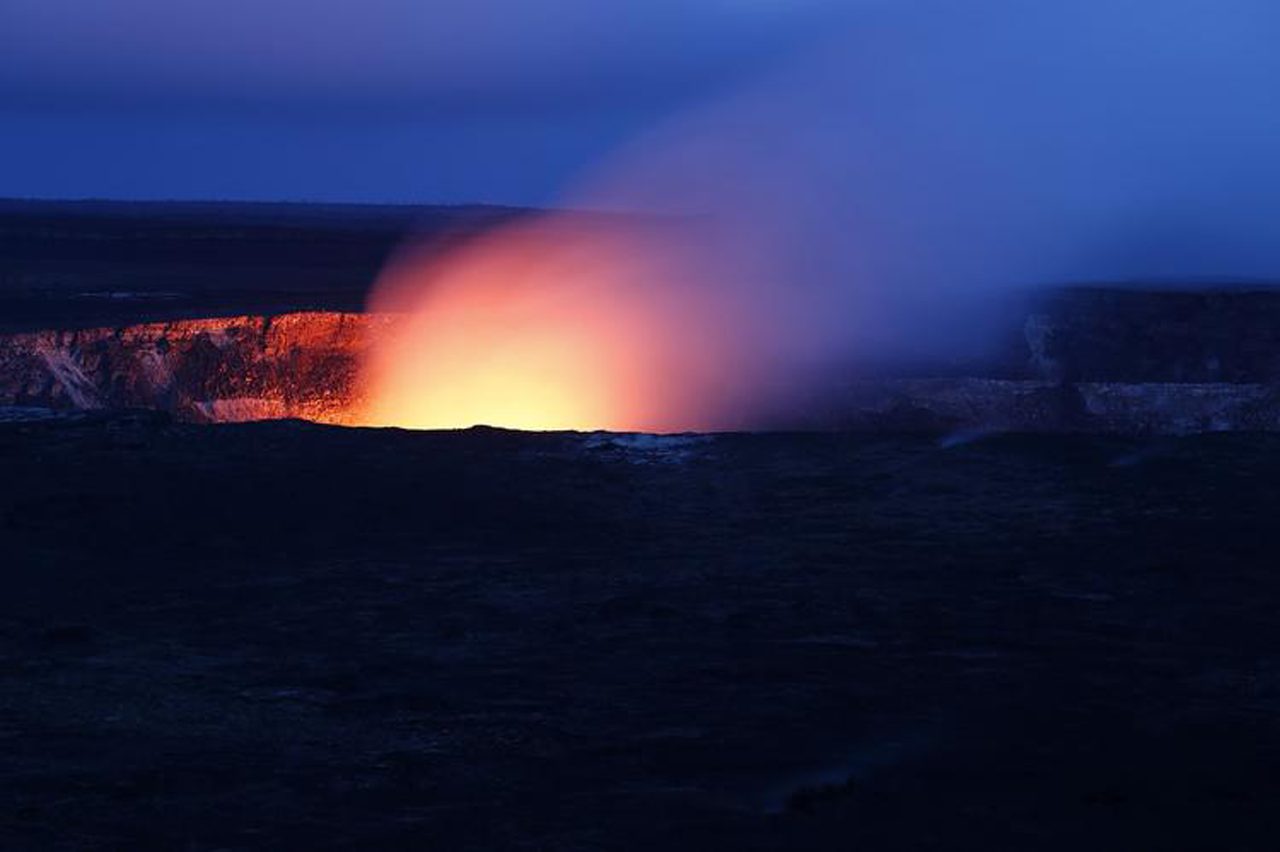Hawaii’s Mauna Loa erupted late Sunday night and brought new attention to the world’s largest active volcano. The last time the volcano erupted was in 1984.
The volcano, located on the territory of the Hawaiian Volcanoes National Park on Big Island, came to life at 23:30 local time, according to the US Geological Survey. The eruption – the first in almost 40 years – is currently localized in the summit area and does not threaten nearby settlements.
“Currently, lava flows are localized near the summit and do not threaten communities downslope,” the US Geological Survey said on Monday morning, while warning: “Wind can carry volcanic gas and fine ash for a considerable distance. Based on experience, the early stages of a Mauna Loa eruption can be very dynamic, and the location and progression of lava flows can change rapidly.”
Area residents are advised to “check readiness and contact Hawaii County Civil Defense for further guidance.”
The Honolulu National Weather Service issued an ash warning and warned that volcanic ash could cause breathing problems in people, and damage engines and electronics.
Southwest Airlines has canceled flights bound for Hawaii on November 28 and 29. The airline is allowing passengers planning to travel to Hilo, Honolulu, Kahului, Kona, or Lihue to change their destination at no additional charge due to the potential for new volcanic eruptions.
Last month, the National Park Service closed the top of the volcano to visitors due to increased seismic activity on Mauna Loa and as a precaution.
Mauna Loa has erupted a total of 33 times since 1843, averaging one eruption every five years. The last eruption of the volcano occurred in 1984, which was the longest period of calm since the first written records appeared.
The eruption followed more than a dozen earthquakes of magnitude over 2.5, including one of magnitude 4.2, according to Reuters.

